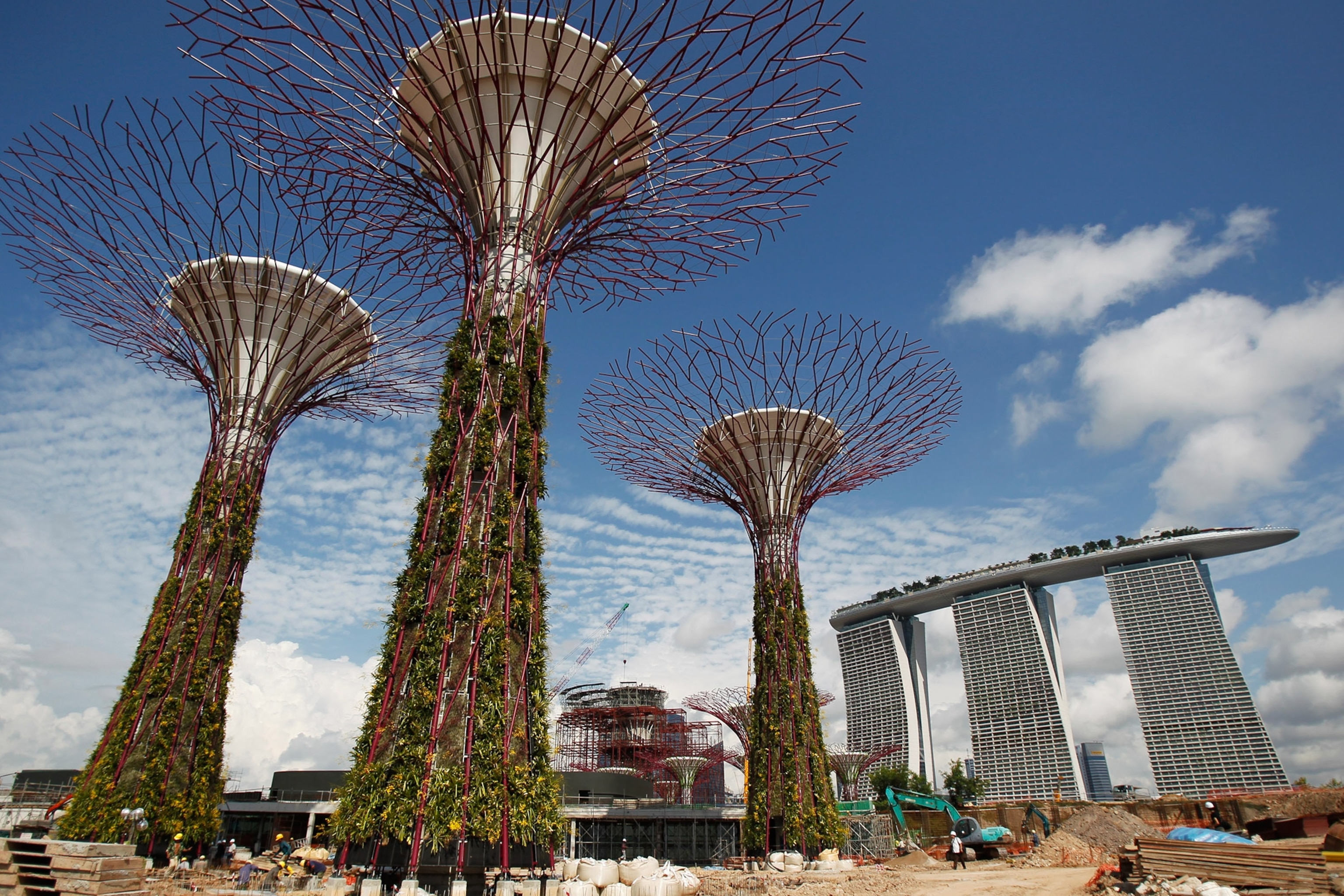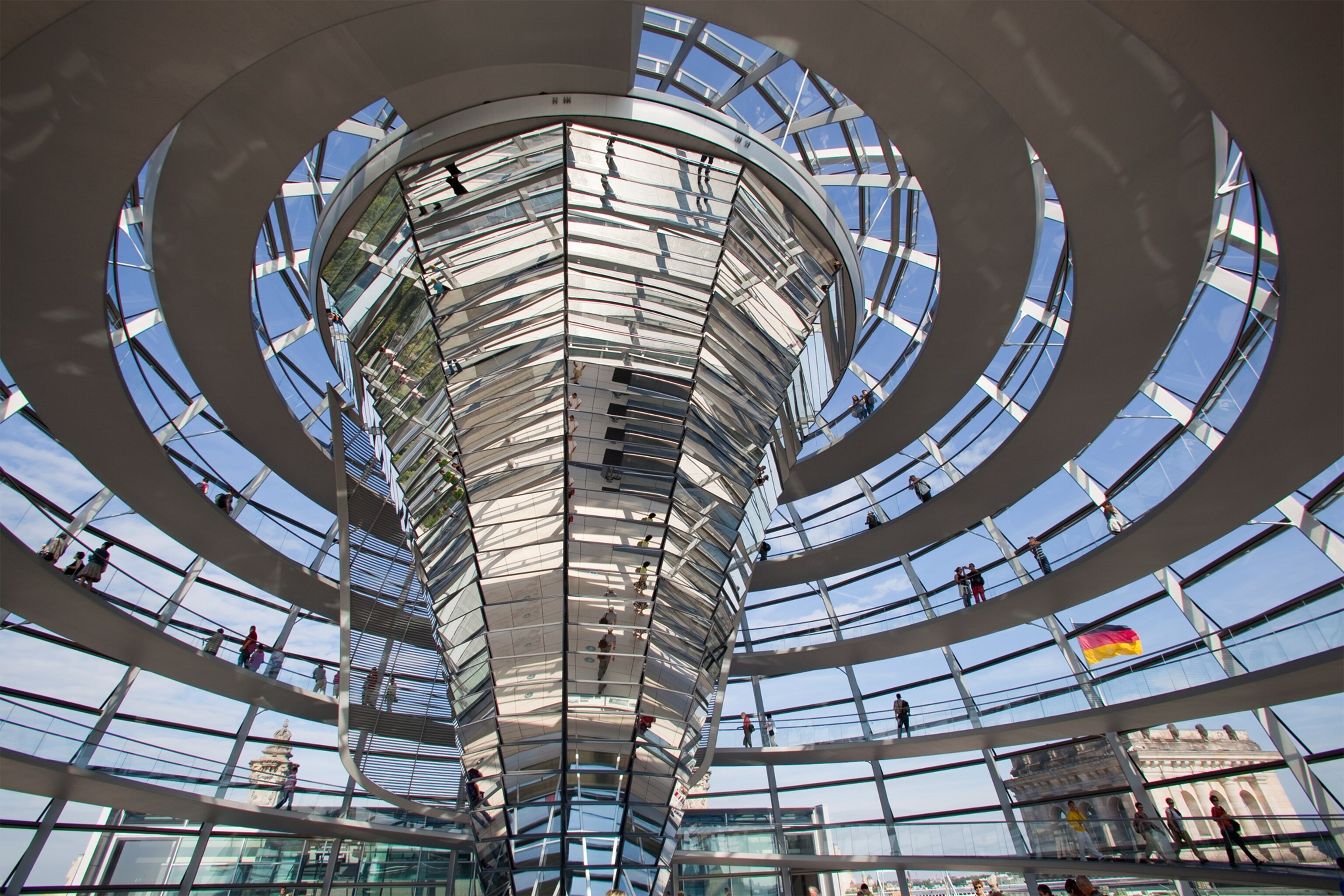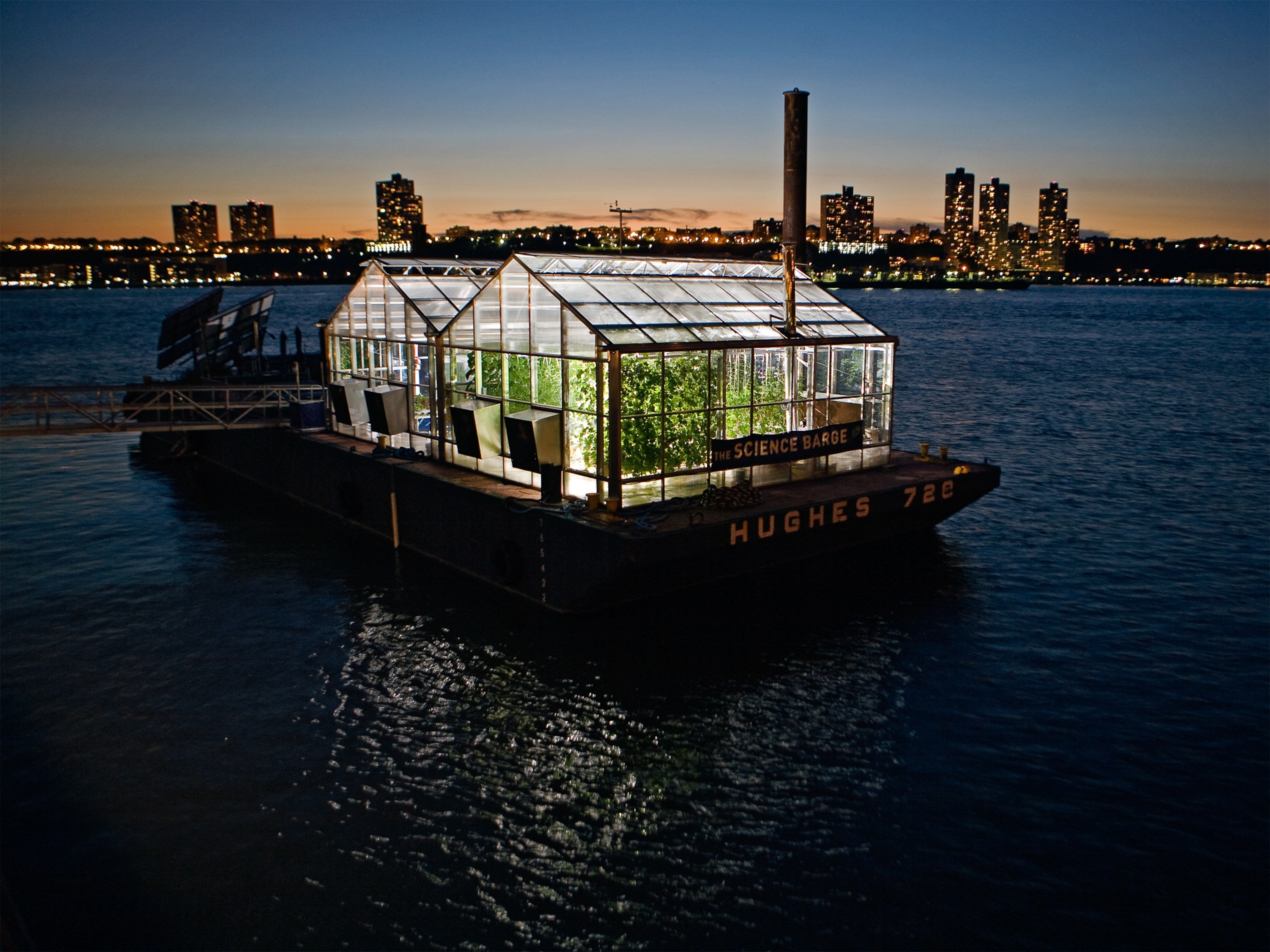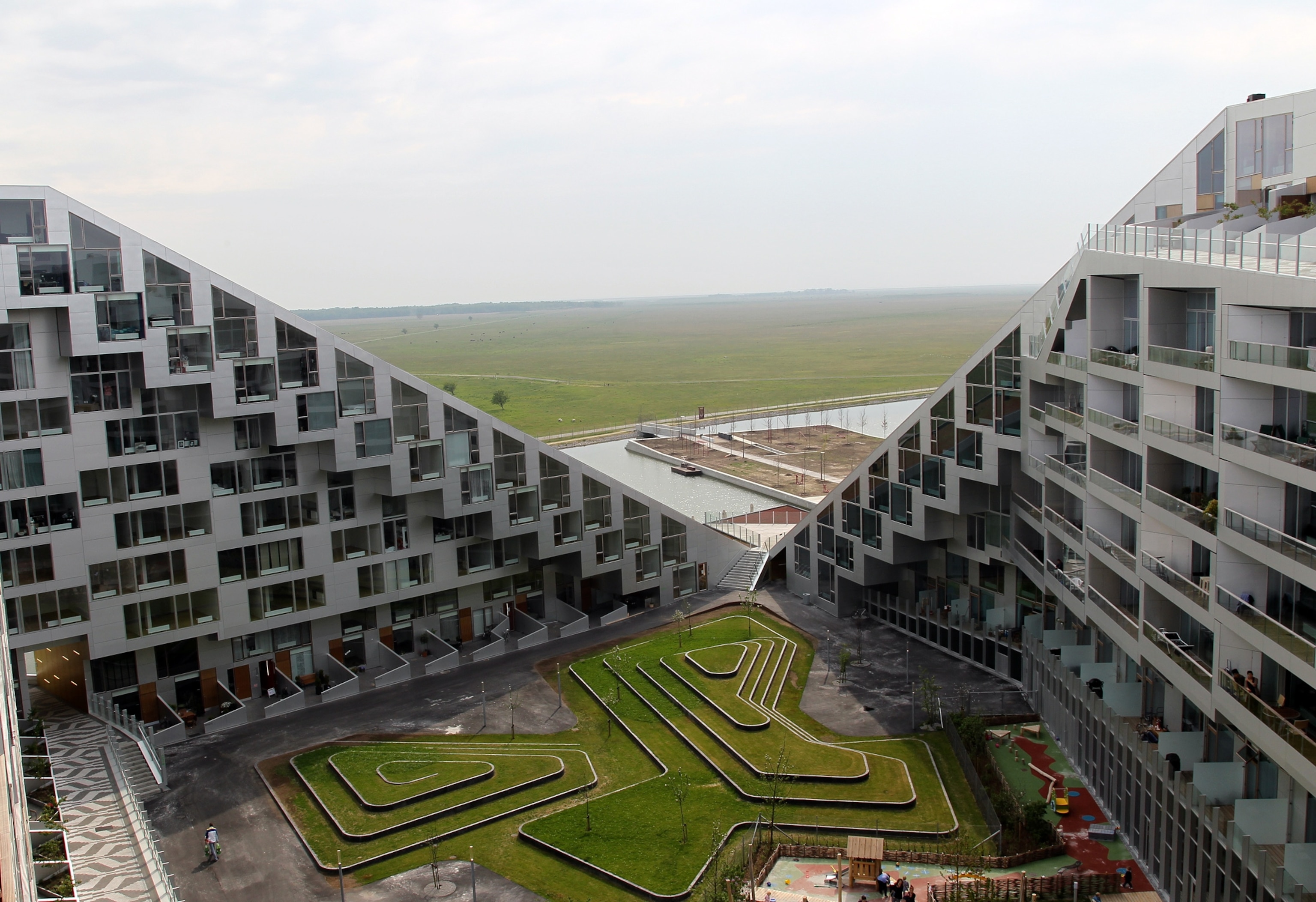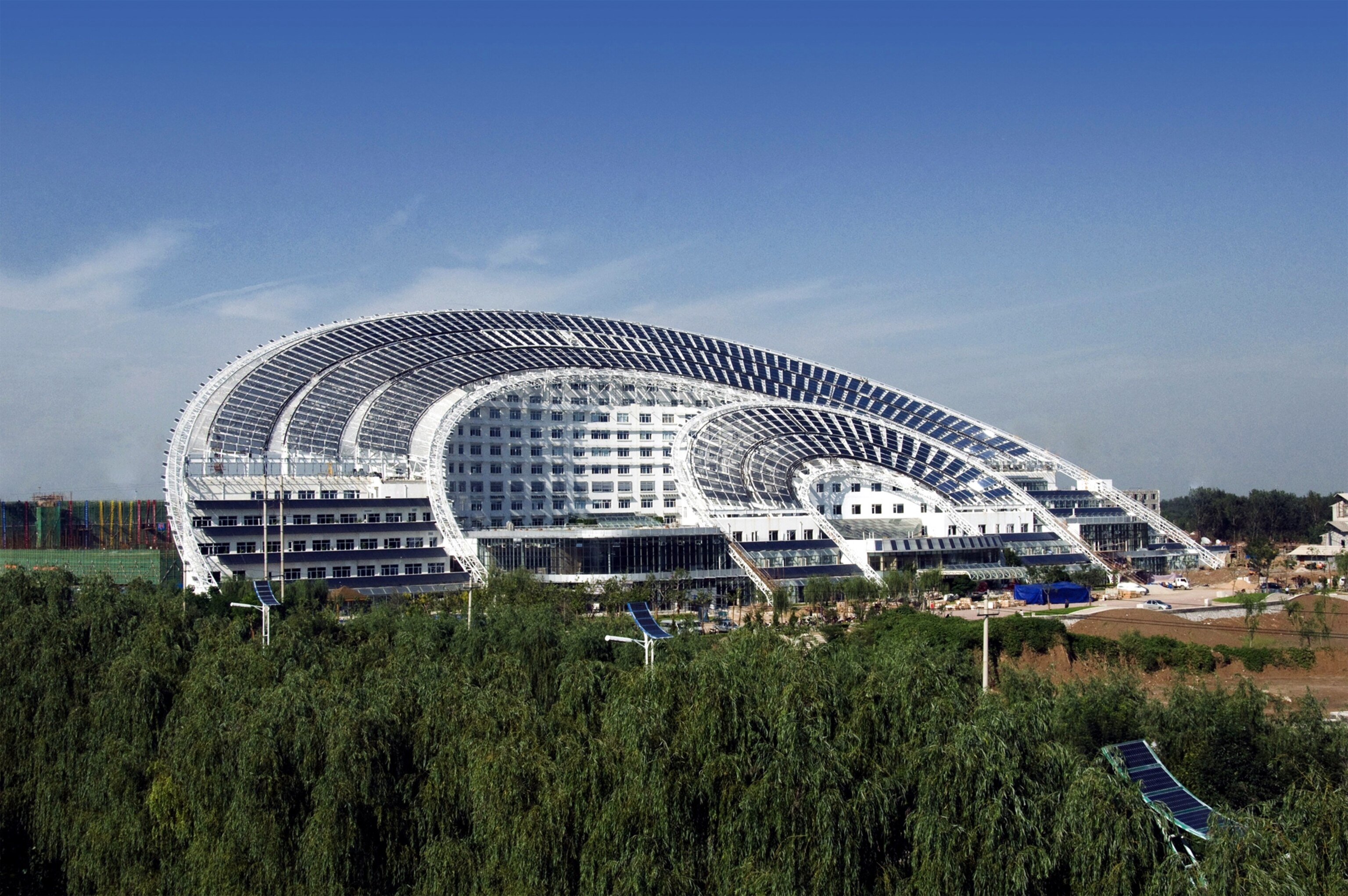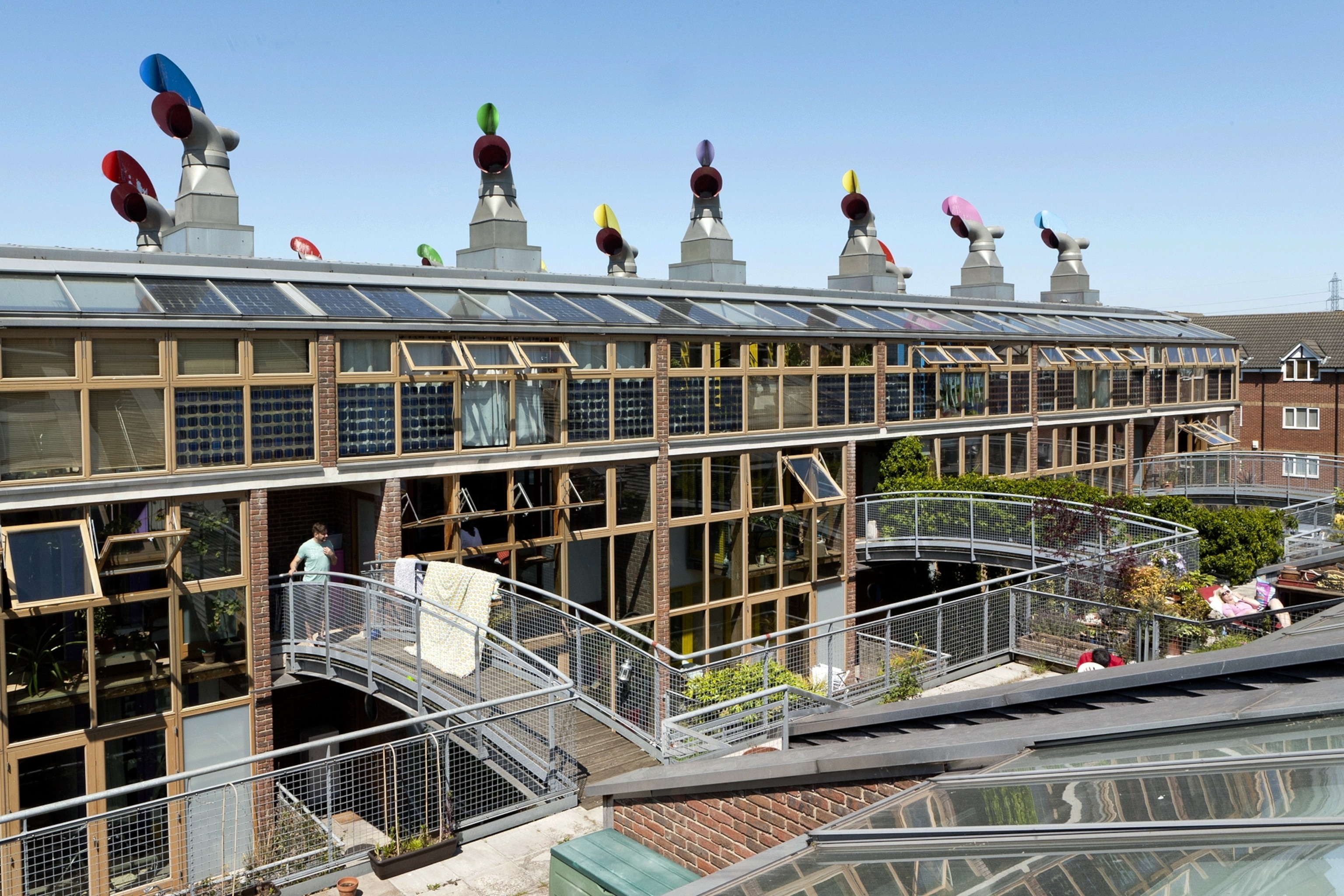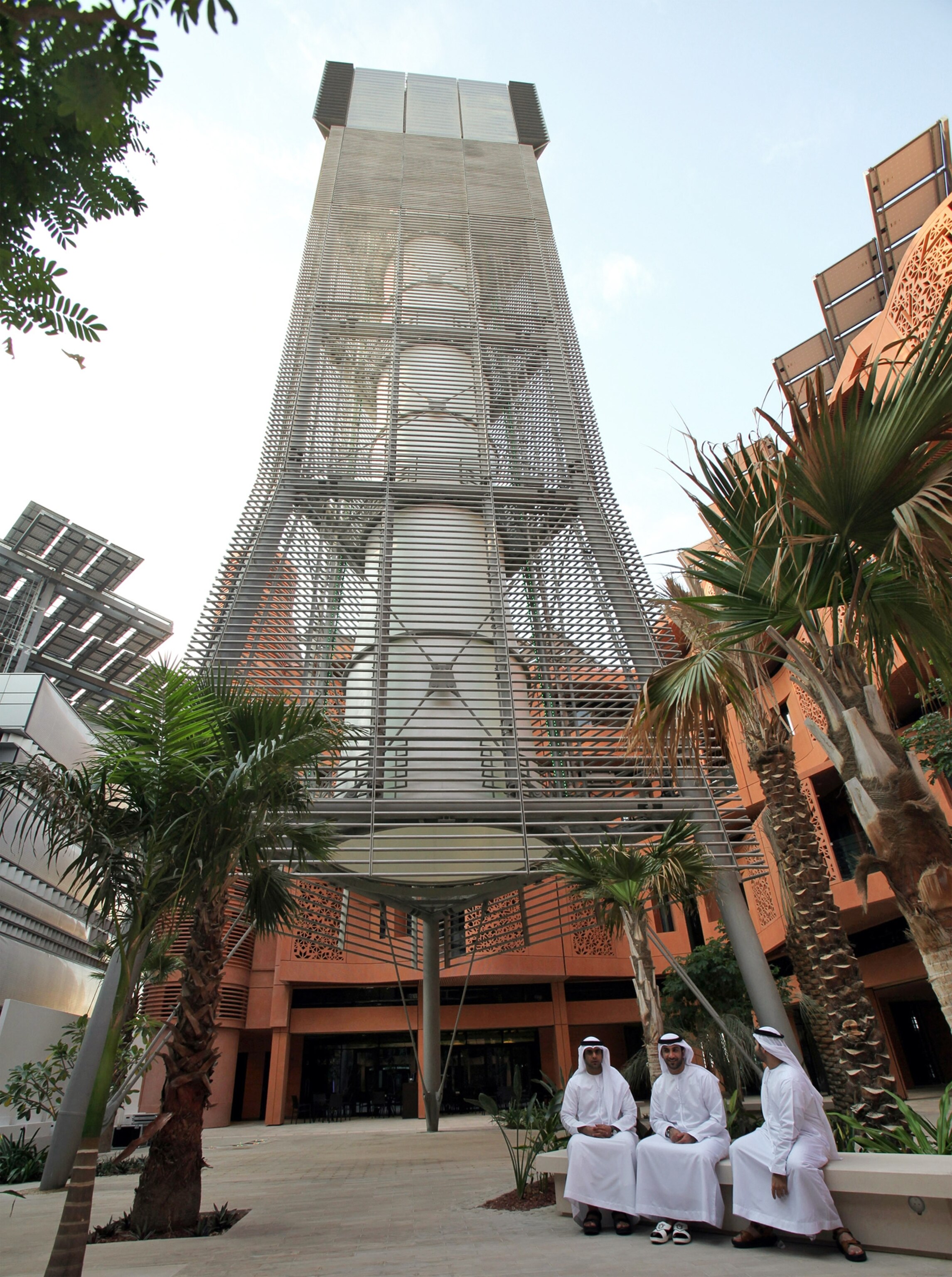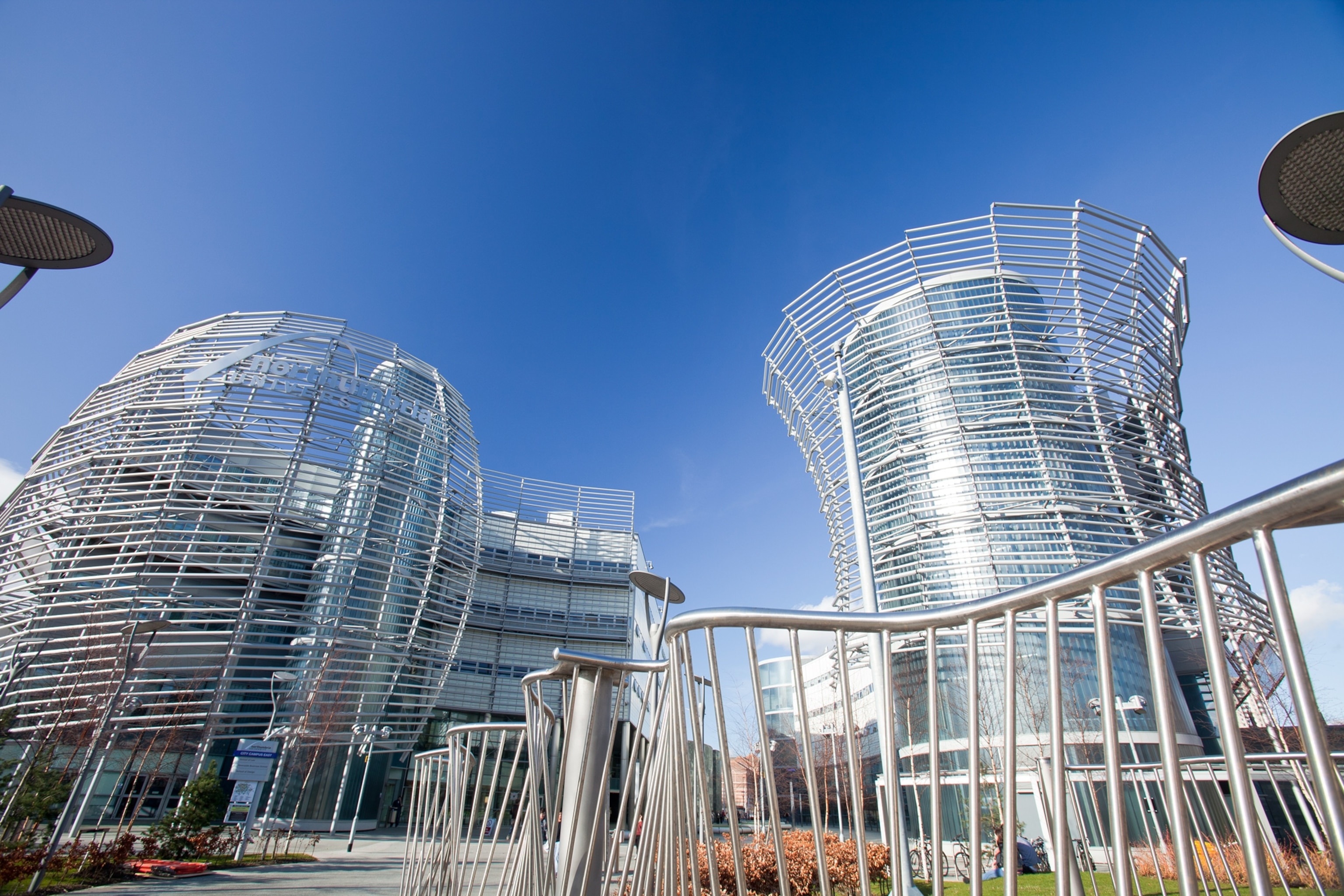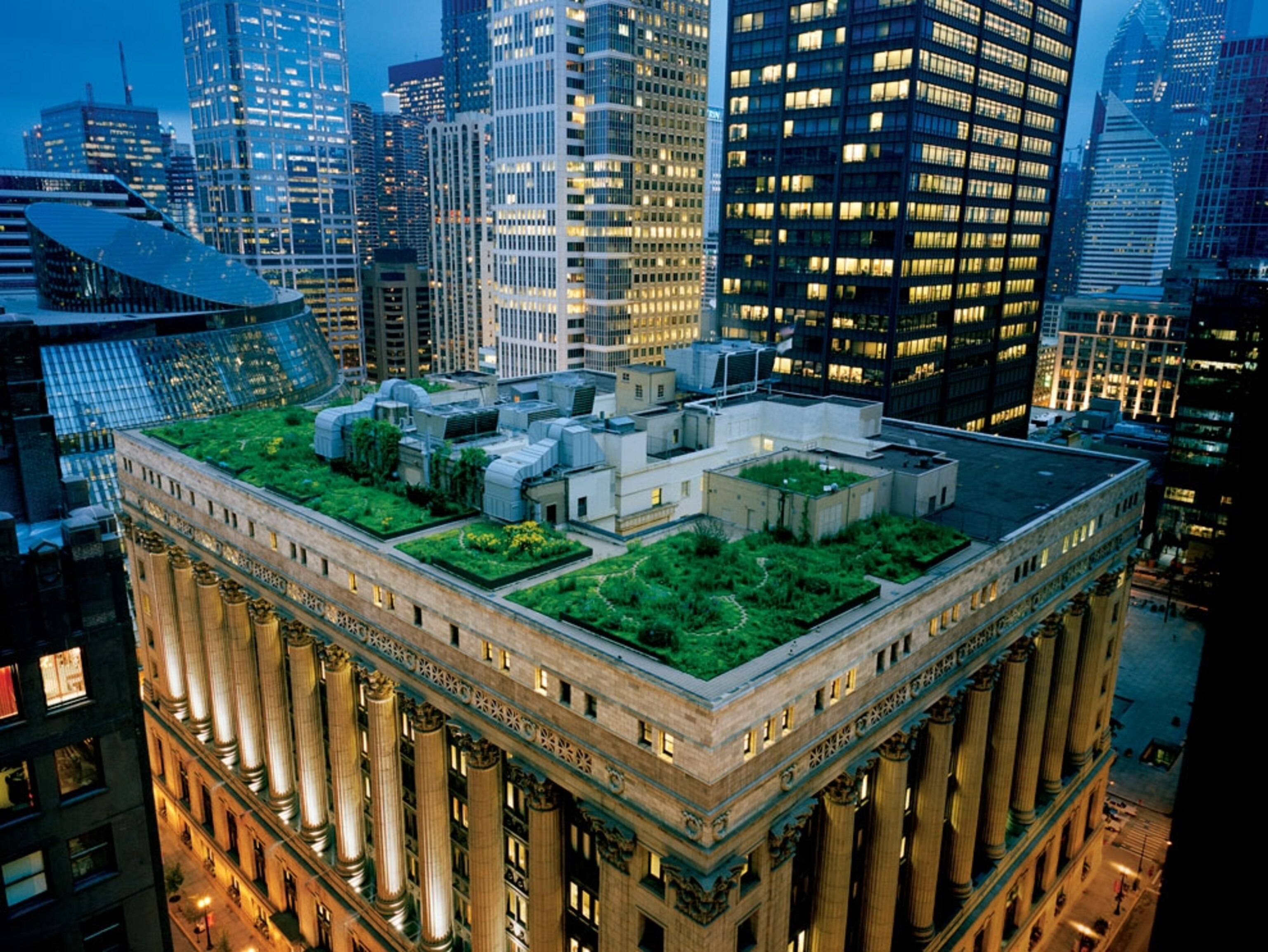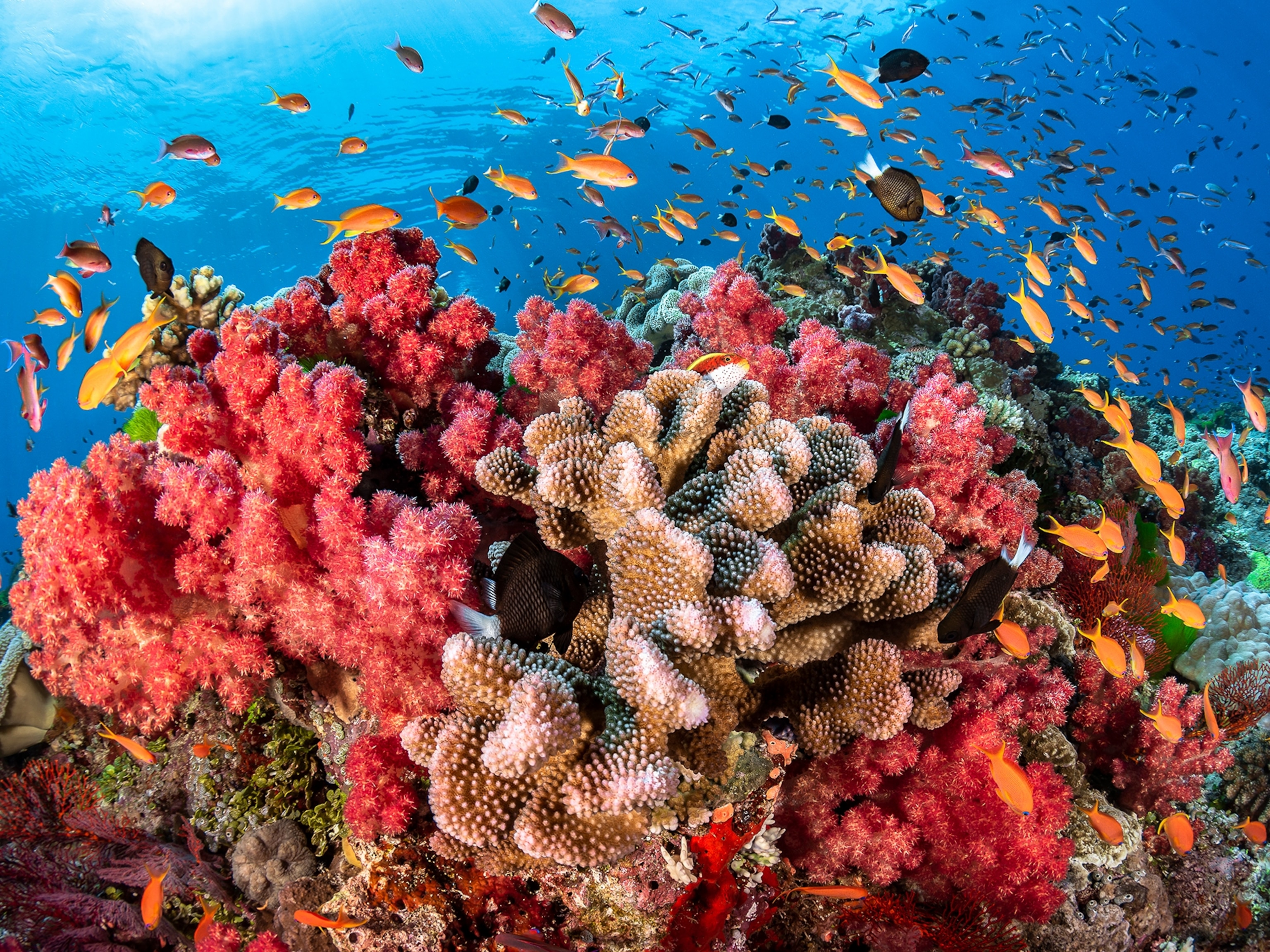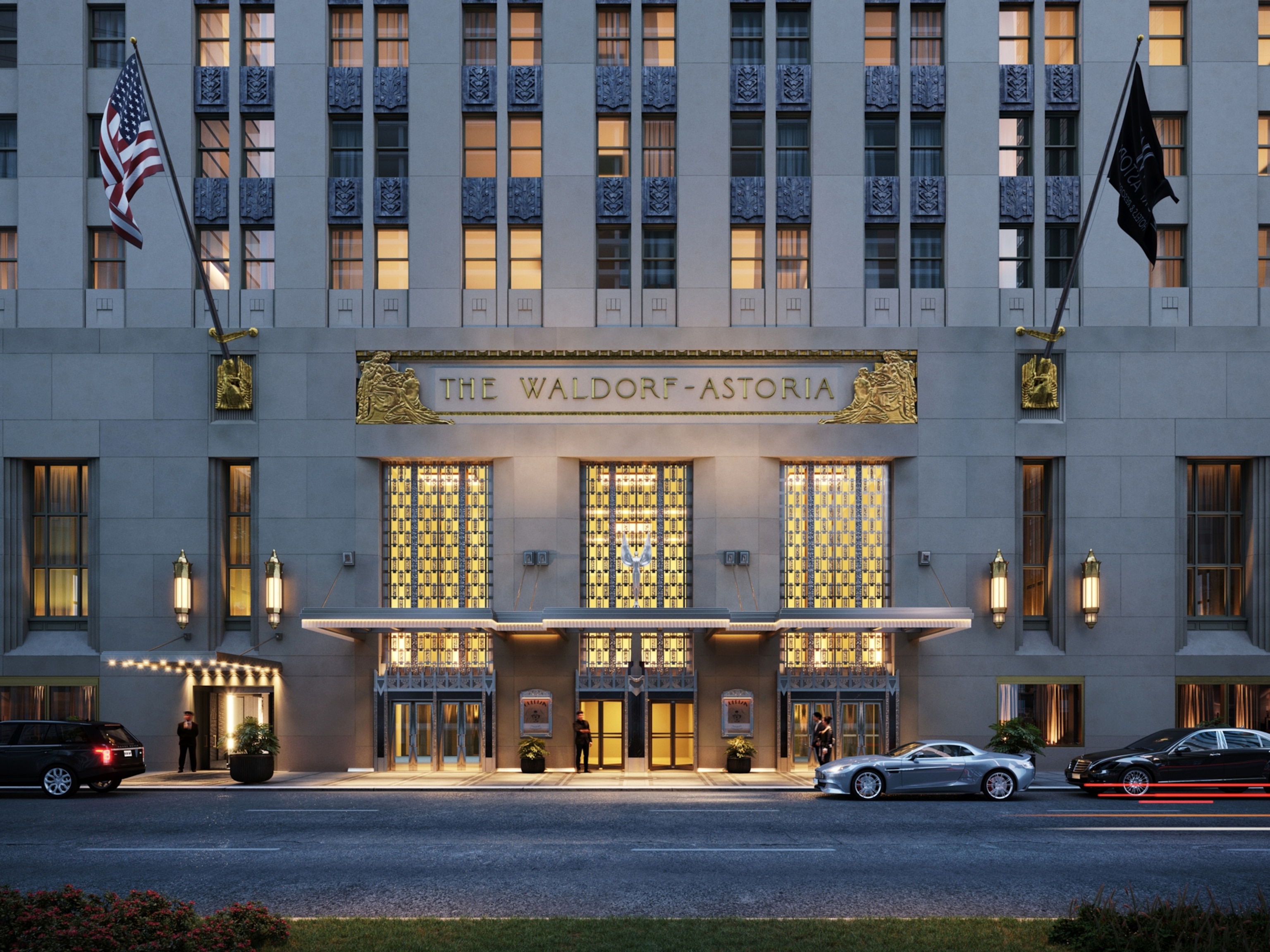1 of 11
Photograph by Wong Maye-E, AP
Pictures: 10 Green-Tech City Solutions for Beating the Heat
From a solar mansion in China to a floating farm in New York, green buildings are sprouting up in cities around the world. Among their many benefits are curbing fossil-fuel use and reducing the urban heat island effect.
July 26, 2012
